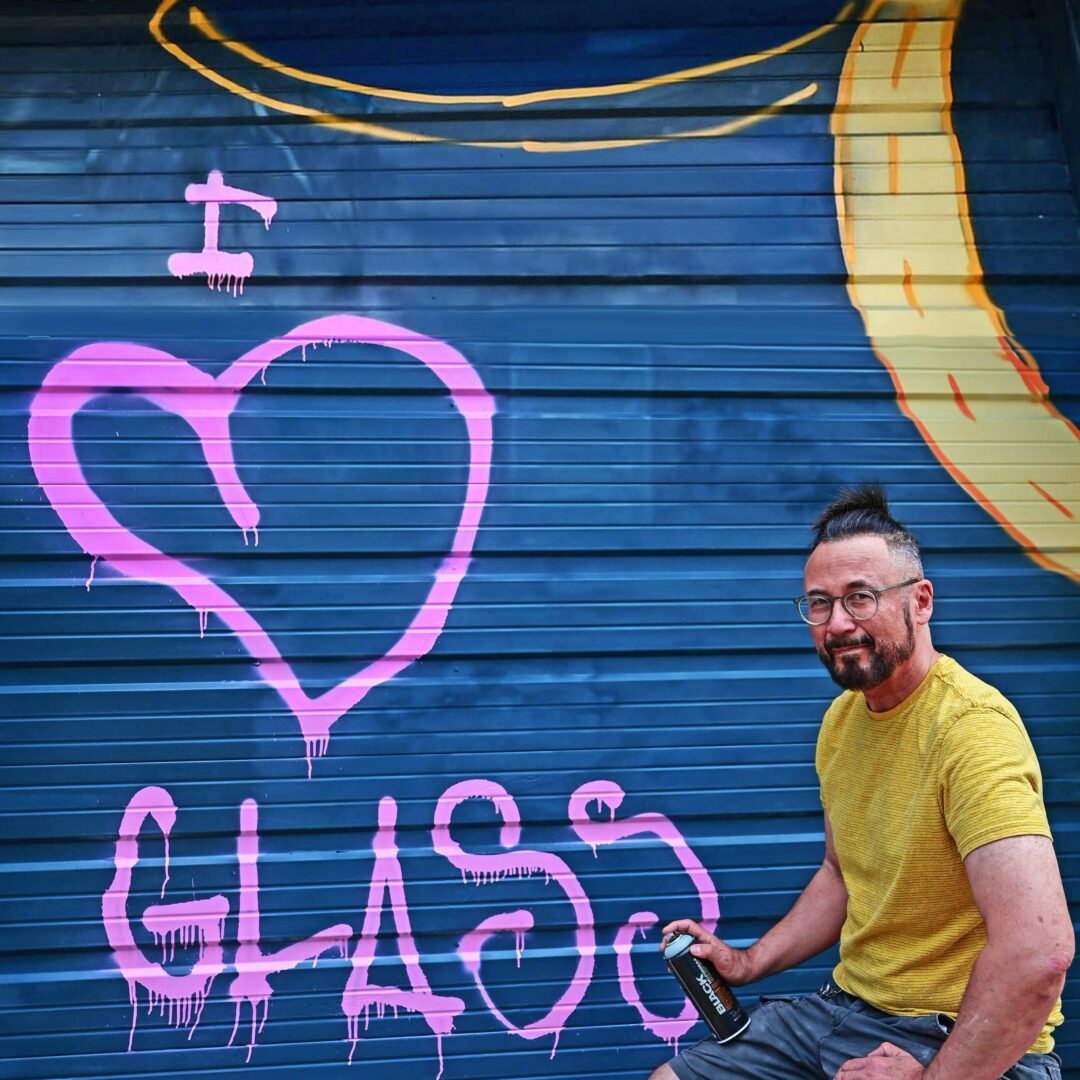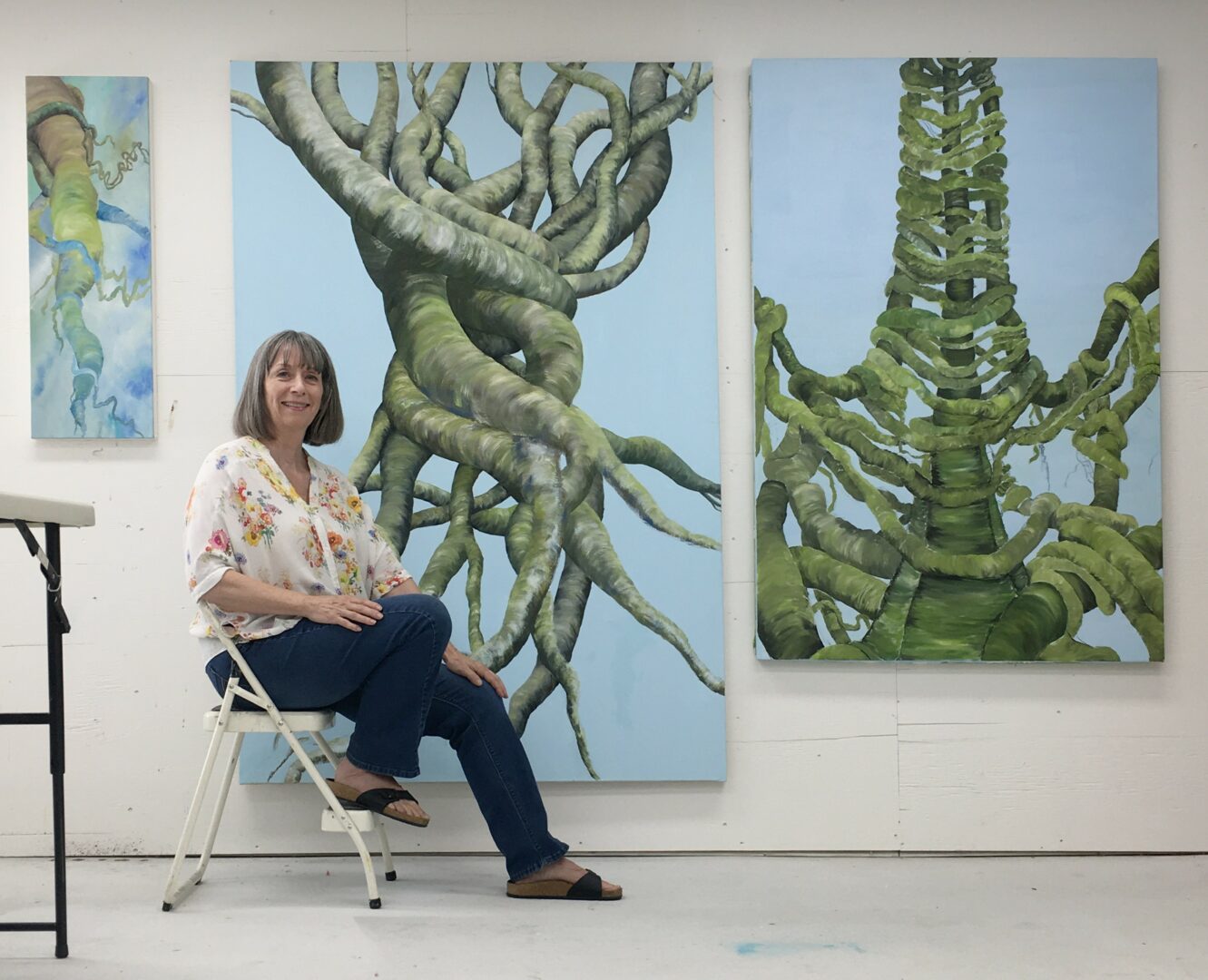We recently had the chance to connect with Michael Janis and have shared our conversation below.
Good morning Michael, it’s such a great way to kick off the day – I think our readers will love hearing your stories, experiences and about how you think about life and work. Let’s jump right in? What makes you lose track of time—and find yourself again?
I lose track of time when I’m working with glass. It’s a kind of immersion that feels suspended between all thoughts, where every movement carries its own quiet urgency. The sifting of glass powder to create imagery, building up layered surfaces, working with the right colors — each gesture becomes part of a delicate conversation with the material itself.
That’s also where I find myself again. Making art is how I make sense of this increasingly crazy world, it’s how I quiet the noise and turn uncertainty into something tangible. Working with glass is demanding and unpredictable; it refuses shortcuts, so it keeps you honest. When I’m in that zone, I’m not thinking about deadlines or expectations. I’m just in tune with the material, and that conversation brings me back to who I am.
Can you briefly introduce yourself and share what makes you or your brand unique?
I’m a glass artist and co-director of the Washington Glass School and Studio in Washington, DC, where we explore how glass can be more than a decorative or functional material; it can be a language for storytelling. My own work focuses on figurative imagery layered within glass, often exploring ideas about identity, memory, and how we see ourselves and others.
Before becoming an artist, I worked as an architect, and that background still shapes how I think, the balancing of structure and emotion, design and intuition. At the Glass School, we’ve built a space that’s both a studio and a community hub — where artists, students, and makers can experiment with glass in new ways. What makes Washington Glass Studio unique is how we are able to integrate public art and community engagement into almost everything we do — from large-scale sculptures and memorials to hands-on workshops that invite people to literally become part of the artwork.
Right now, much of my focus in public art projects are those that tell overlooked stories — including memorials honoring the enslaved people who built the U.S. Capitol and works that explore our shared sense of history and belonging through glass. What I find continually inspiring is how light, color, and transparency can hold both fragility and strength — much like the human stories we try to illuminate.
Appreciate your sharing that. Let’s talk about your life, growing up and some of topics and learnings around that. What breaks the bonds between people—and what restores them?
I think what breaks the bonds between people is often fear — fear of being unseen, unheard, or misunderstood. When that fear grows, it becomes easier to build walls than bridges. We stop listening, and the sense of “us” and “them” takes hold. Isn’t that what is happening all around us these days?
What restores those bonds, for me, is empathy; the act of truly seeing someone else’s story. I know that, especially considering recent world events, some people have grown wary of the word empathy, as if it represents something soft or naïve. But its true meaning is simple and profound: the ability to understand and share the feelings of another by putting yourself in their shoes and seeing the world through their eyes. It’s both thoughtfully rational and emotional — understanding another’s situation and feeling what they feel — which can lead to a compassionate desire to help. That’s different from sympathy, which is more of a passive concern; empathy asks us to engage, to connect, to act.
To me, art has this quiet, powerful way of fostering empathy. When we see ourselves reflected in another person’s struggle or joy, even through a small, fragile image in glass, it softens something inside us.
As an architect, I learned early that I wasn’t designing my house or my space, I was designing someone else’s and had to respond to their needs and wants. That lesson carries through into my work as a public artist. When I create art pieces for different communities, I try to step back from myself and become, in a sense, a ghostwriter for the people whose stories I’m helping to tell. The goal is to let their voices, values, and histories come through the work.
In creating large-scale public art, I’ve seen how the shared creative process can rebuild trust and connection. When people come together to make something with their hands — to shape light, color, and form — they often begin to see one another differently. The artwork becomes a mirror of the community, not just a product for it.
What did suffering teach you that success never could?
Suffering taught me things that success never could. It taught me how to adapt — to always have plan B ready (or C, or D!), because things often don’t go the way you expected/wanted them to. Every setback, whether in the studio or in life, forces you to become more inventive and more patient. Glass itself is an unforgiving material; it breaks, it fires in unexpected ways, it resists control. You learn to work with it rather than against it…and that lesson extends to just about everything else.
It also taught me to let go of the need for universal approval. The narratives in my glass work aren’t everyone’s favorite, and that’s ok. Art that comes from a personal or emotional truth won’t connect with everyone, but when it finds the person who does respond, who feels seen or moved by the story in the glass, that moment is magic.
Success tends to affirm what you already know. Suffering, on the other hand, forces you to grow, to rethink, and to keep creating even when the path forward isn’t clear. It’s in those uncertain spaces that the most meaningful work can emerge.
So a lot of these questions go deep, but if you are open to it, we’ve got a few more questions that we’d love to get your take on. What’s a cultural value you protect at all costs?
A cultural value I protect at all costs is presence; the commitment to being fully awake and aware of the world as it is right now. In exploring the many ways art can shape society, I’ve come to see its enduring power not just in beauty or skill, but in its ability to make us pause, to pay attention, to be here and aware.
Art influences and transforms because it invites people to look closely, to feel deeply, and to recognize something of themselves in what they see. Whether I’m creating a work for a public space or a gallery, I want it to hold that sense of immediacy, to reflect and highlight this moment in time with honesty and care.
I love experimentation, dialogue, and risk; I feel these qualities allow the work to remain present, responsive, and alive. Glass, with its transparency and fragility, records both light and touch; it carries the imprint of the moment, or at least the mindset, from when it was made.
For me, protecting presence means ensuring that art continues to remind us to slow down, to look closer, and to truly see one another.
Okay, we’ve made it essentially to the end. One last question before you go. Are you tap dancing to work? Have you been that level of excited at any point in your career? If so, please tell us about those days.
The studio is where I come alive. I enjoy trappings that comes with being an artist — the gala openings, the conversations, the collectors and students, even the endless paperwork and the practical realities that keep life moving. I’m grateful for my home, my family, my friends, and the community that surrounds the art work.
But when I’m in the studio, that’s where I feel most myself. The noise of everything else fades. It’s where I can think with my hands, where the ideas find form. There’s a moment when the materials start to push back, and I have learned to listen — that’s when the real artwork begins.
The hardest part is waiting for a glass art piece to anneal or cool down in the kiln, because it forces me to stop. That waiting time feels like torture; I just want to get back to it. For me, the process of making the art is the art. That rhythm of building, refining, and discovering — that’s where the joy lives.
Contact Info:
- Website: https://michaeljanis.com
- Instagram: https://www.instagram.com/michael_janis/
- Linkedin: https://www.linkedin.com/in/michael-janis-54775a15/
- Facebook: https://www.facebook.com/michael.janis
- Youtube: https://www.youtube.com/@AmericanGlassArt
- Other: https://en.wikipedia.org/wiki/Michael_Janis




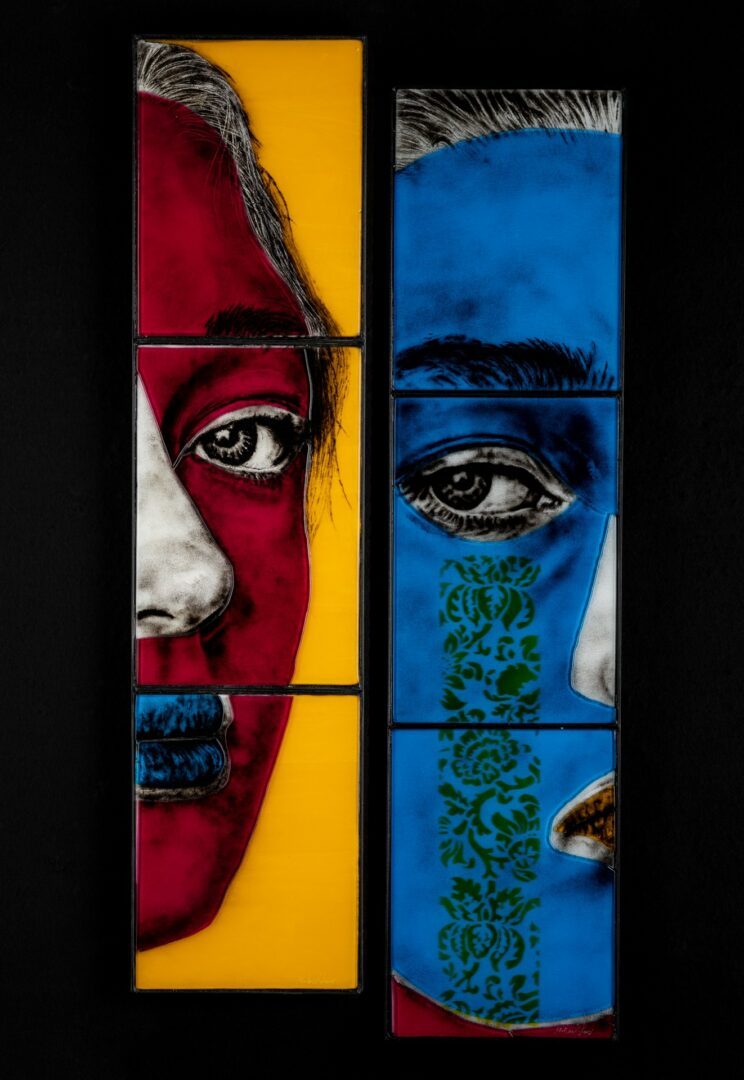


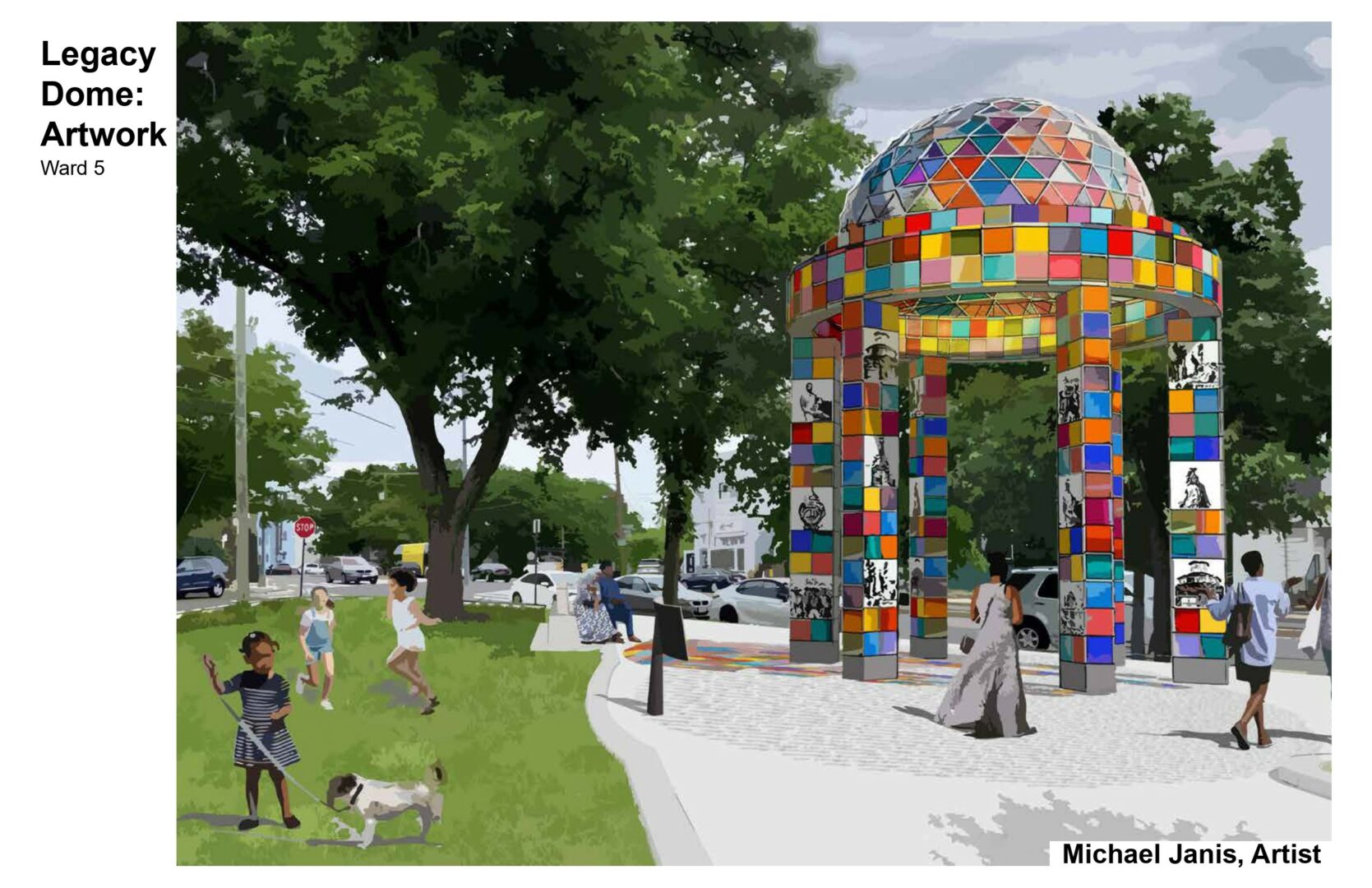
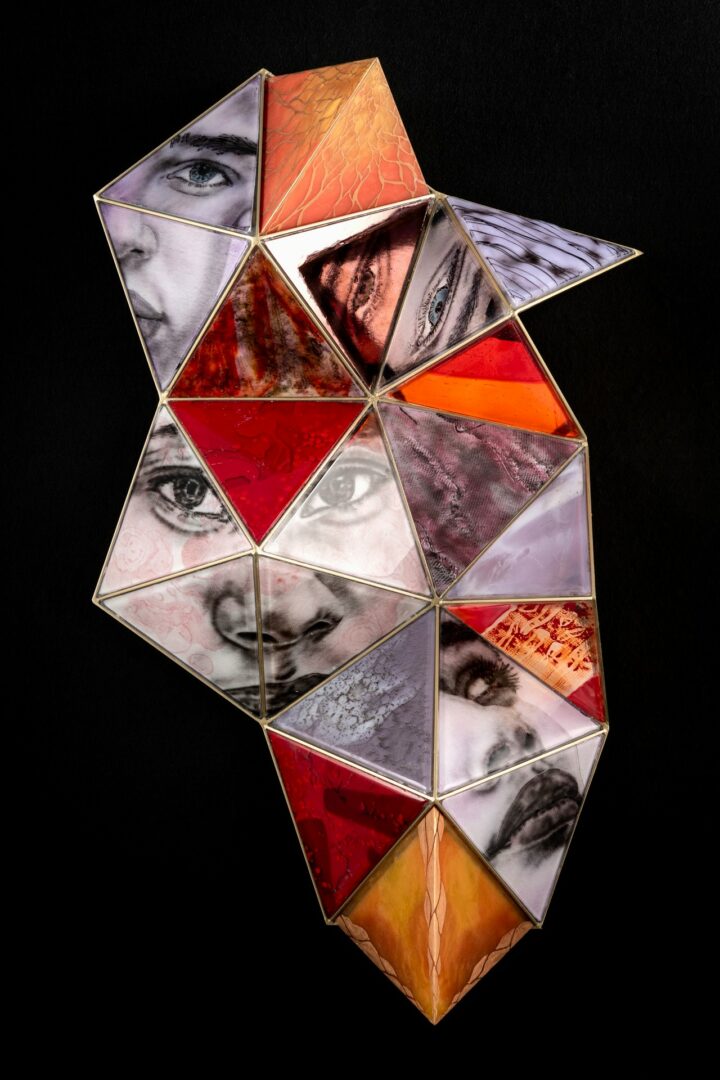
Image Credits
Photo by Pete Duvall, Images 01, 02, 03, 04, 05, 09
All others by artist
so if you or someone you know deserves recognition please let us know here.

